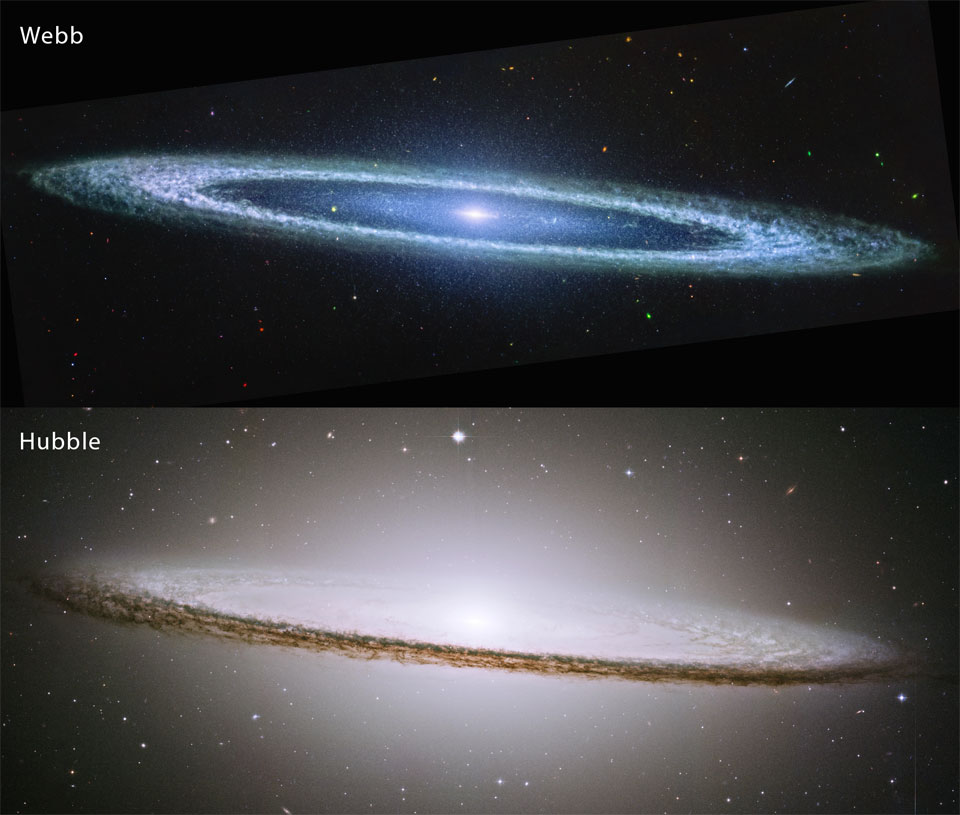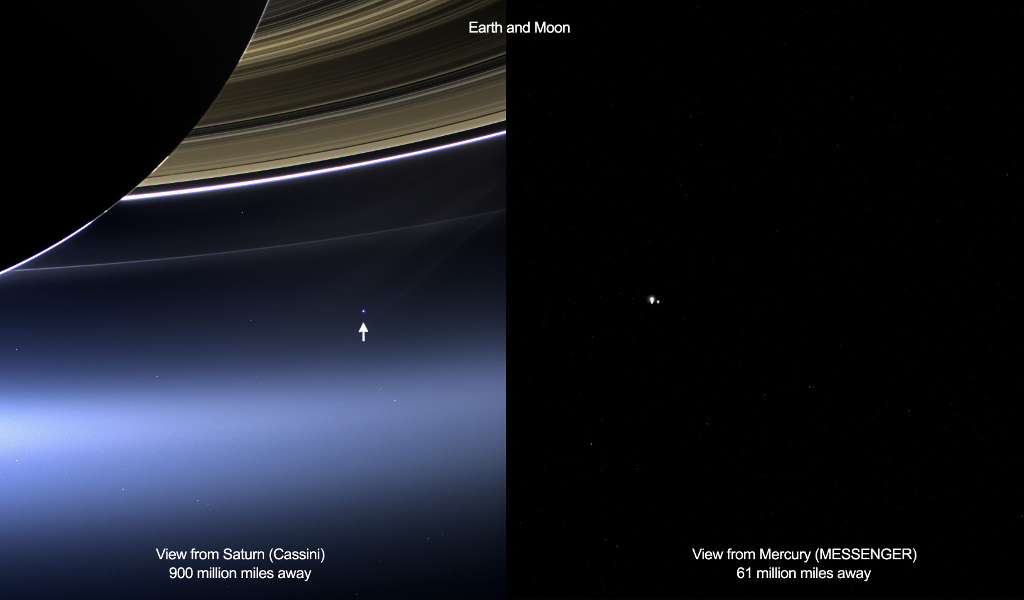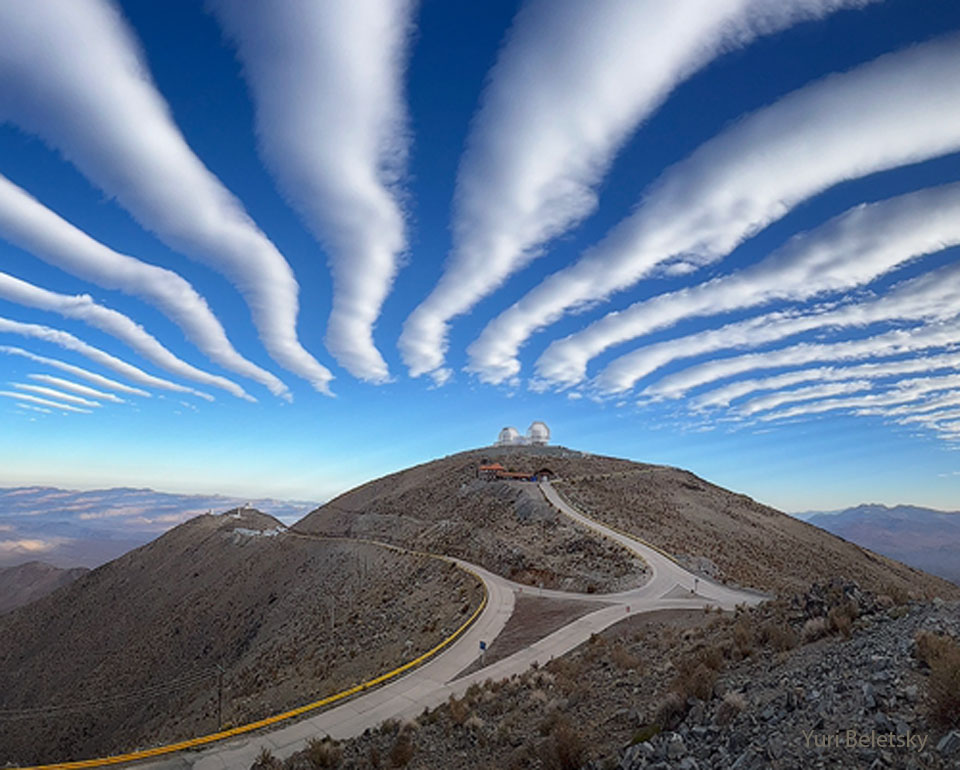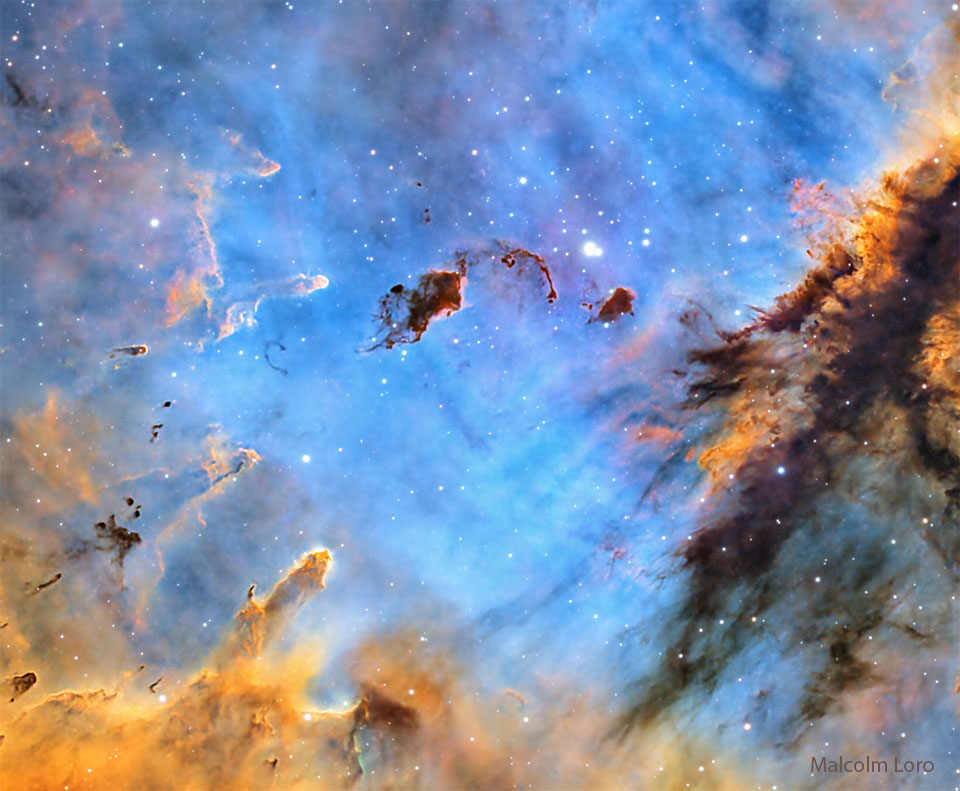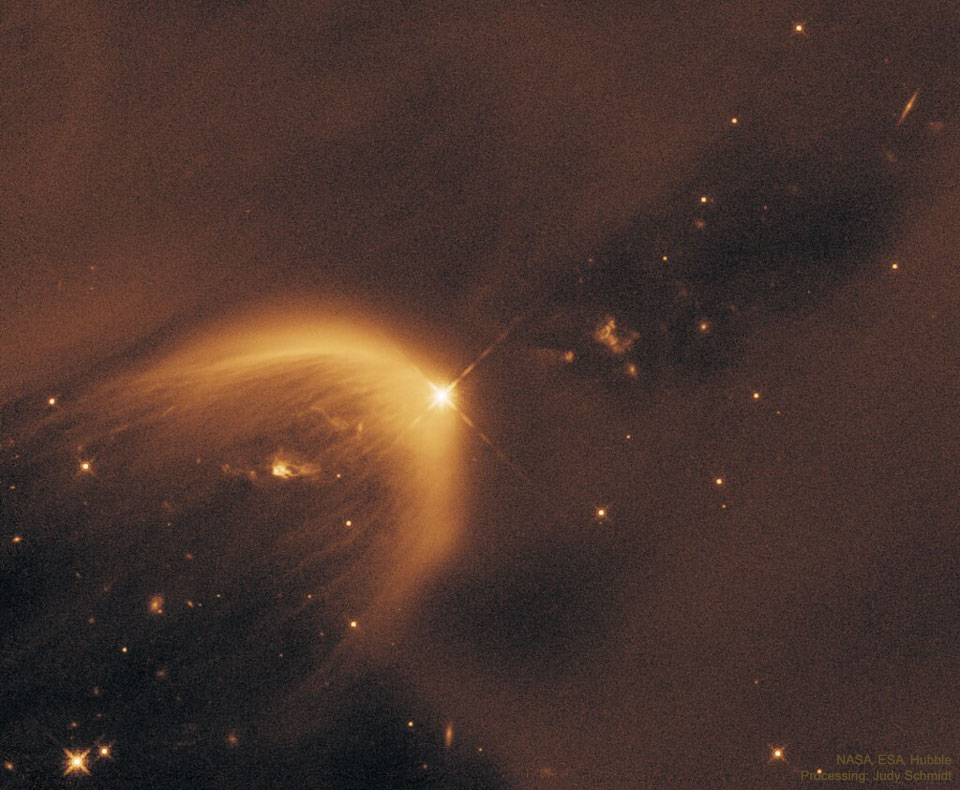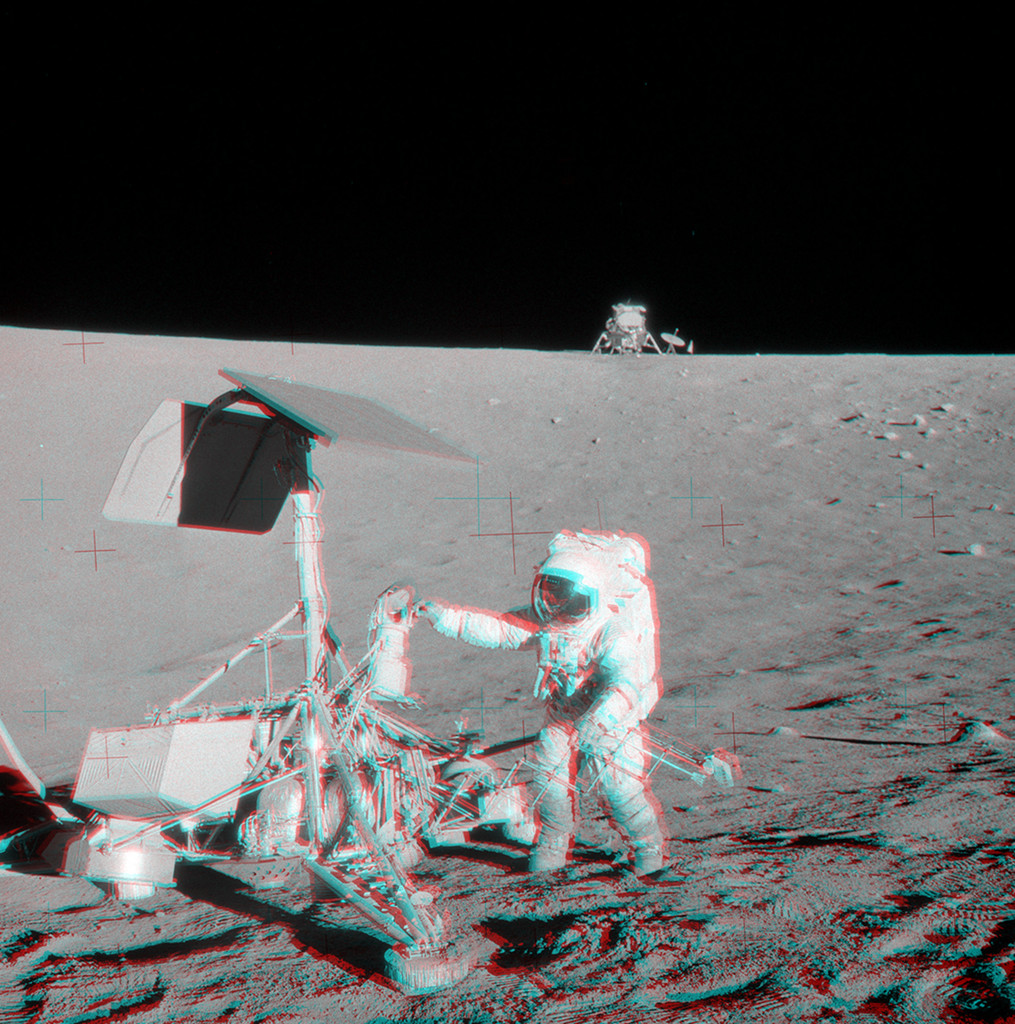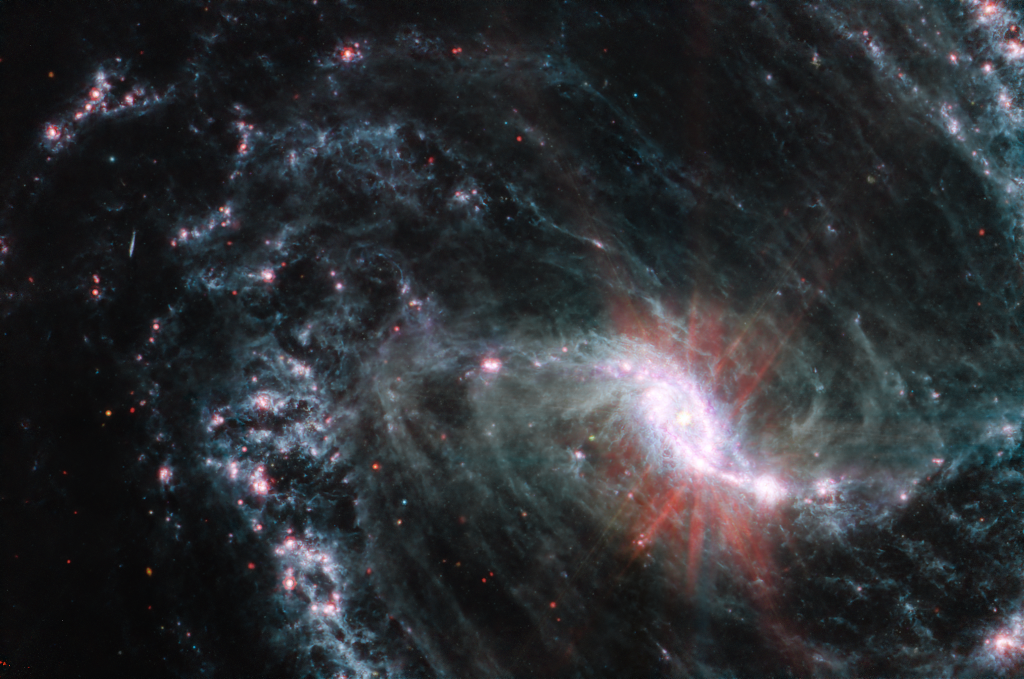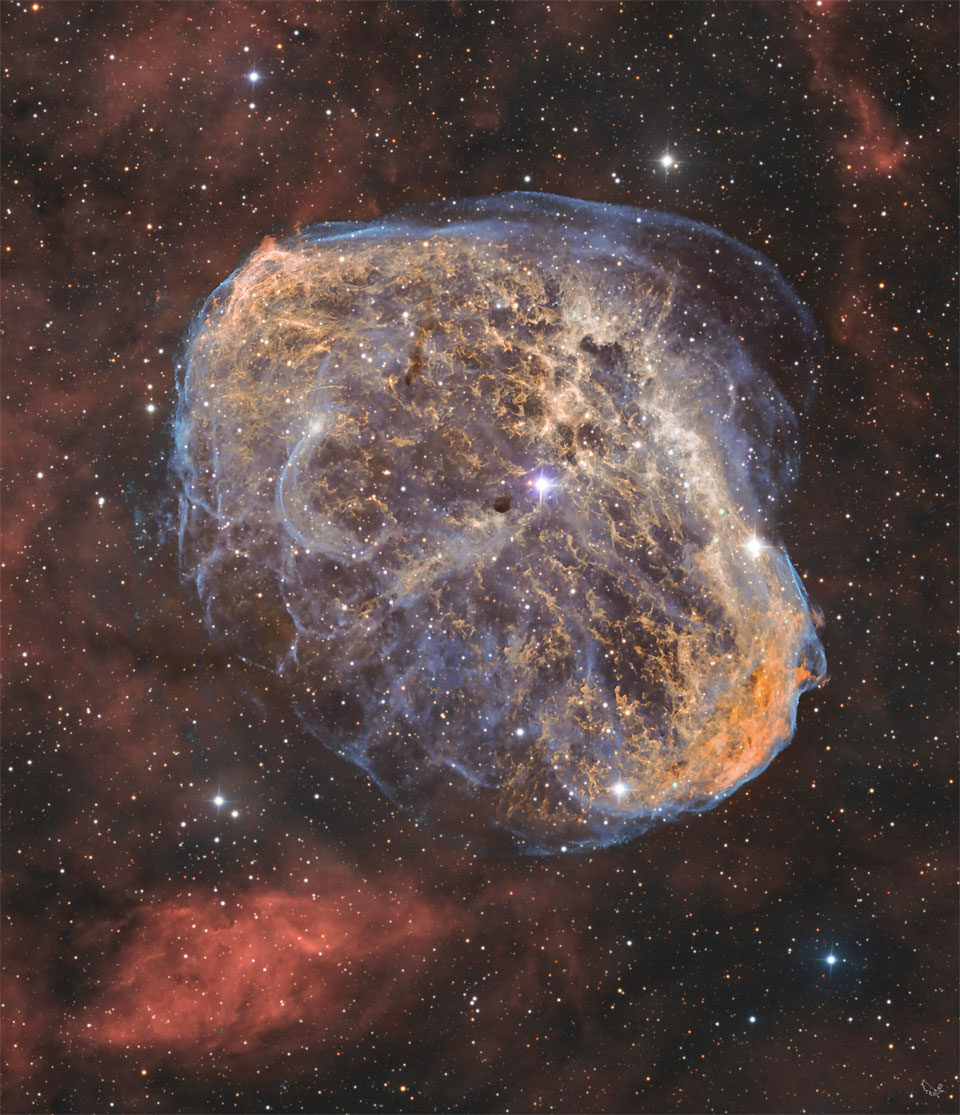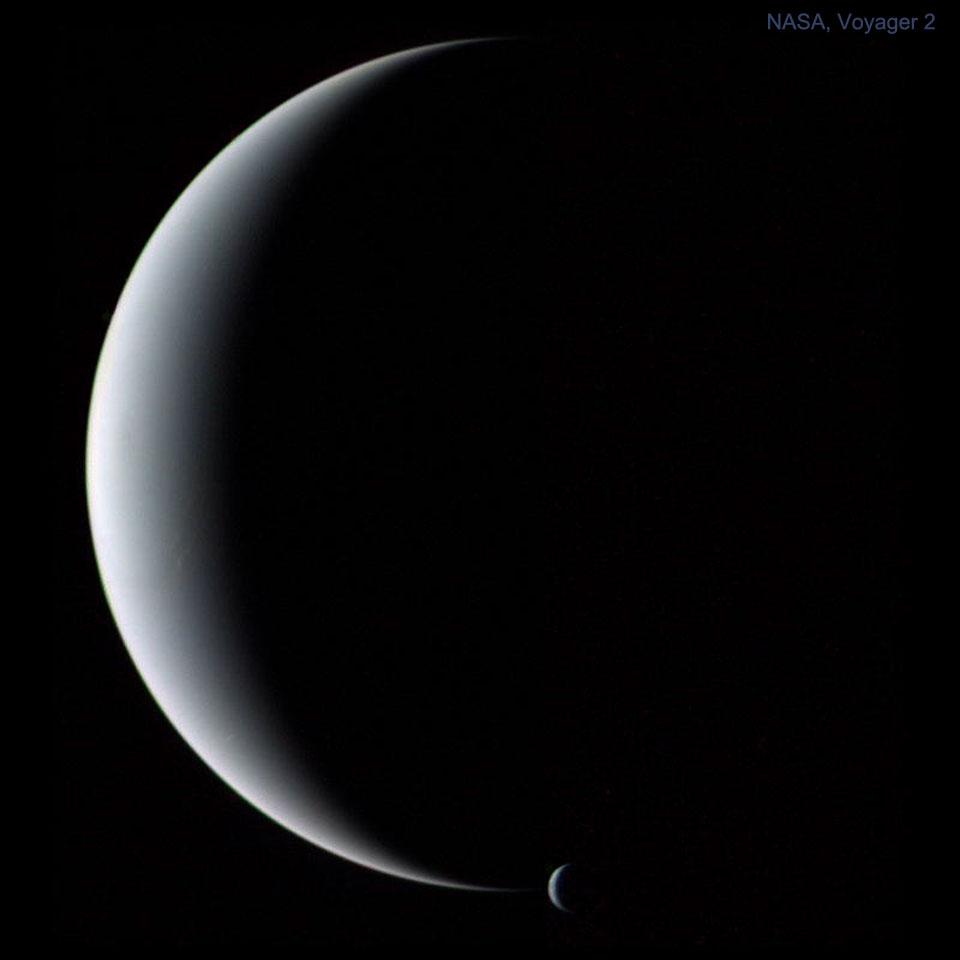Astronomy Picture of the Day
Discover the cosmos! Each day a different image or photograph of our fascinating universe is featured, along with a brief explanation written by a professional astronomer.
Image Credit & Copyright: Camille Niel
Explanation: Winter and summer appear to come on a single night to this stunning little planet. It's planet Earth of course. The digitally mapped, nadir centered panorama covers 360x180 degrees and is composed of frames recorded during January and July from the Col du Galibier in the French Alps. Stars and nebulae of the northern winter (bottom) and summer Milky Way form the complete arcs traversing the rugged, curved horizon. Cars driving along on the road during a summer night illuminate the 2,642 meter high mountain pass, but snow makes access difficult during winter months except by serious ski touring. Cycling fans will recognize the Col du Galibier as one of the most famous climbs in planet Earth's Tour de France.
Authors & editors: Robert Nemiroff (MTU) & Jerry Bonnell (UMCP)
NASA Official: Amber Straughn Specific rights apply.
NASA Web Privacy Policy and Important Notices
A service of: ASD at NASA / GSFC,
NASA Science Activation
& Michigan Tech. U.
This is an automated email. If you notice any problems, just send me a note at gtracy@gmail.com. You can add and remove email addresses to this distribution list here, https://apodemail.org.Unsubscribe



